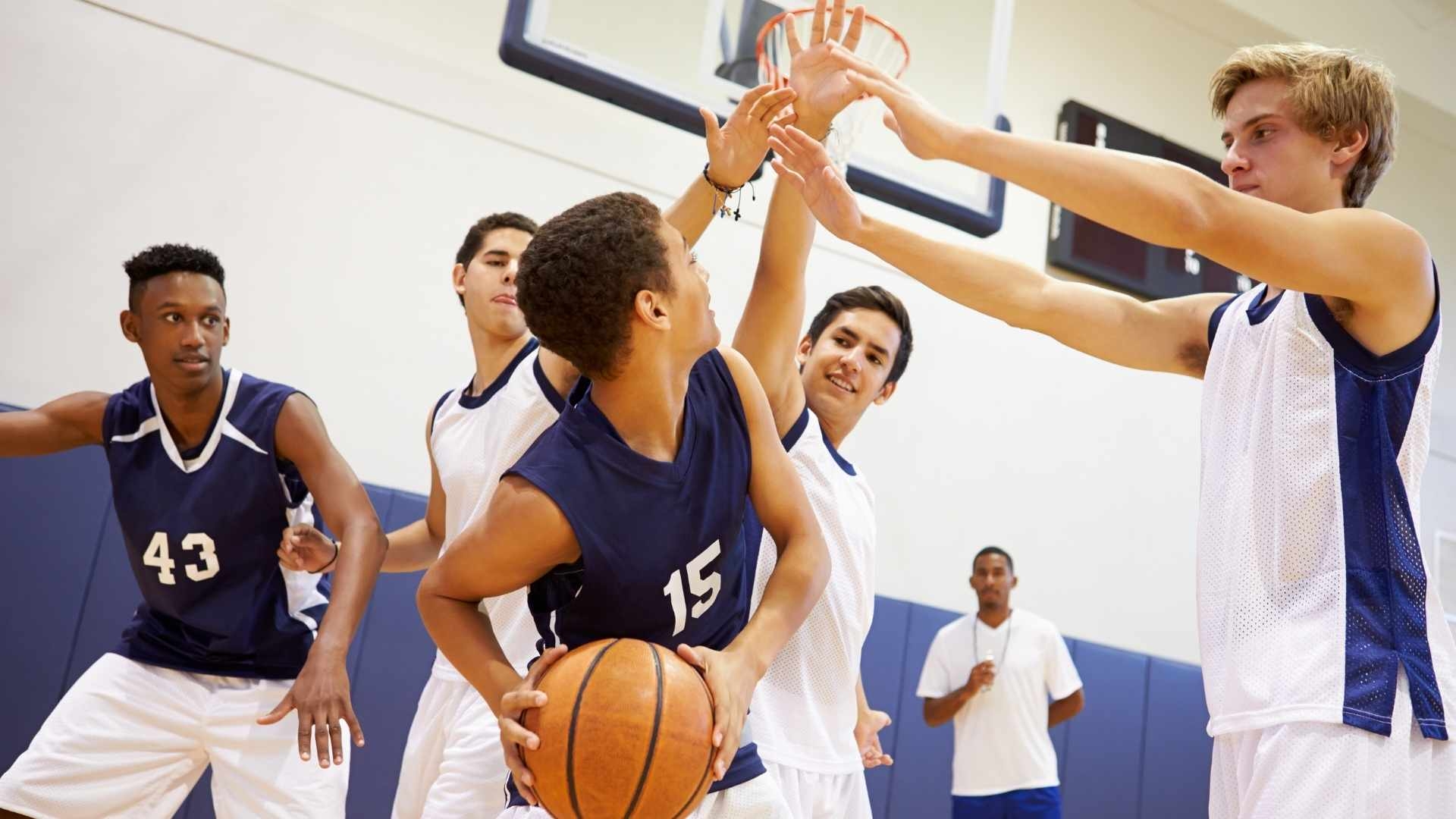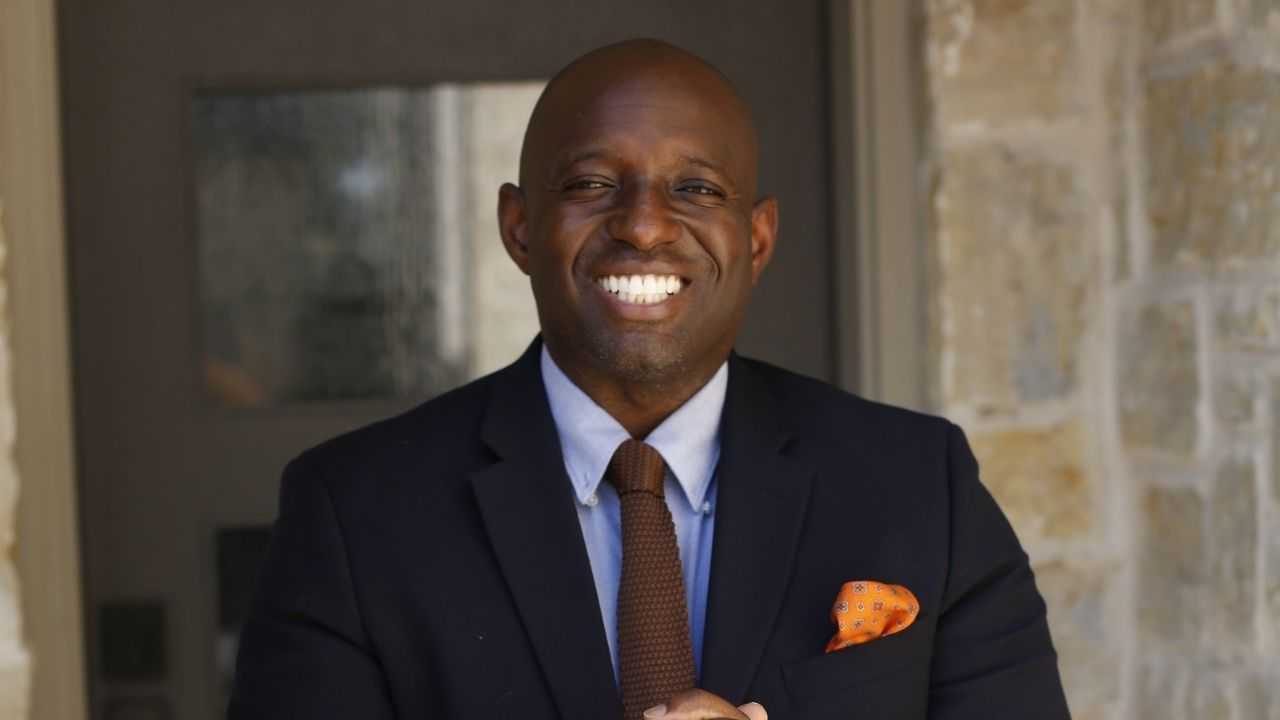Why the ‘Big Kid’ Often Gets Bad Coaching in Youth Sports
Size matters – but for young players the focus should still be on development
Brandon Hall
| 5 min read

Canva
The big kid.
Watch any youth sporting event, and you can pick them out. They’re the ones who look like they’re in the wrong age group. Their physical development is ahead of schedule, and because of it, they tower above the competition and use their strength to bully opponents. They’re also usually among the most productive players on their teams because of it.
Coaches eagerly instruct the big kid’s teammates to feed them the ball, puck, etc. and then stand aside. What happens next depends on the sport. In basketball, the big kid may beeline to the rim, hurl up a few shots, getting their rebound each time, then repeat until one goes down. In soccer, the big kid may put their head down and bullrush their way straight toward the goal. In hockey and football, it’s usually a similar scene.
Such strategy not only does a disservice to every player on the team, but also the big kid themselves. While they might be scoring points and getting glory now, the odds that they’ll be the biggest kid in their grade in five years from now is slim. The years between 8 and 12 are key for athletic development. If a kid is left to rely almost entirely on their size during this period, their future potential is severely limited. Sloppy play and bad fundamentals should not be allowed to slide just because a kid is “big” and helps the team win. Winning is great, but not when it’s chased at the sacrifice of long-term development.
“The bigger the kid is and the more developed he is at a young age, the more important it is that we drive (versatile) athletic abilities. Because at some point, everyone’s going to catch up,” says Chris Schwarz, head strength and conditioning coach for the Ottawa Senators and owner of Fitquest training facility in Ontario. “My kid is big, and I don’t ever want him to use his bigness. I want him to use speed and agility and his ability to process and think.”
And if the big kid isn’t dominating games with their size, they’re still likely being pigeonholed by their coach. In basketball, for example, many youth coaches simply stick the tallest kid at center and call it a day. They don’t really learn how to shoot, they don’t learn how to dribble and they don’t learn how to play defense in space. They just learn a handful of post moves and that’s about it. USA Basketball is actively campaigning against this type of coaching.
“First off, I think it’s ridiculous to have a 3rd or 4th grade team think they have to have a point guard, a post player, wings. It should just be wide open. They’re a player at that age. Coaches need to understand to teach all skills to all players. You don’t teach ball-handling to one player and not another one,” says Don Showalter, director of coach development for USA Basketball. “Every player should have the opportunity to bring the ball up the court. Every player should have the opportunity to learn all the skills. We say teach all players all skills, even through high school. Because let’s say your 6th or 7th grade player who’s 6-foot and bigger than everyone else at that age, he might be the same height going into high school. So now all of the sudden, he’s lost all that skill development he could’ve had at a young age. So we think it’s really important. Teach all players how to move, how to cut without the basketball, how to set screens, so every player is doing all those skills really well.”
DeAndre Ayton is a great example of this. When the Phoenix Suns star first began playing organized basketball at age 12, his coaches forced him to go through post drills with the other tall kids. But Ayton watched the guards with envy. “When I started playing basketball, they always would have me at the block, and I’m like, ‘Yo, I don’t want to play down here,'” Ayton told ESPN. “I want to do something else. This is not entertaining to me, and whatever the guards do, I wanted to do. In practice, I’m not doing post work. I want to dribble the ball. I want to shoot, too.”
He eventually found coaches who allowed him to do that, and he developed an incredibly versatile game. While Ayton ultimately did make it to the NBA as a center, that exposure to the skillsets and strategy required by other positions is a huge reason he’s such a transcendent talent.
As versatility becomes increasingly appreciated in modern sports, we do a disservice to our young athletes if we allow them to rely solely on size — an edge which could totally disappear by their mid-teens — during the period when developing a variety of skills and athletic movements is most critical. And if a coach is the type of person to lean on the “feed the big kid and let them be big” game plan, there’s a good chance they’re totally ignoring a couple players on their team who are “too small.” This is shameful coaching, as those kids deserve play and development just as much as the big kid.
Youth sports should be fun, and the focus, particularly during the middle childhood and early preadolescent years (roughly ages 5 to 11) should be on building versatile athletes who can do many things well and get to experience a variety of sports and positions. When coaches and parents prioritize winning and stats instead, we get kids who don’t love sports as much, who don’t learn as many lessons from the games they play, and who aren’t well-positioned to succeed athletically into their teens and beyond.




